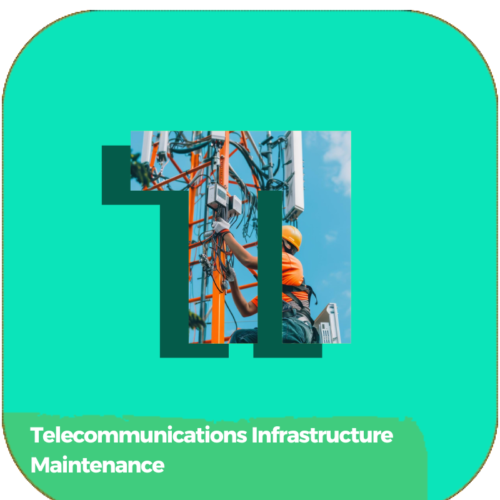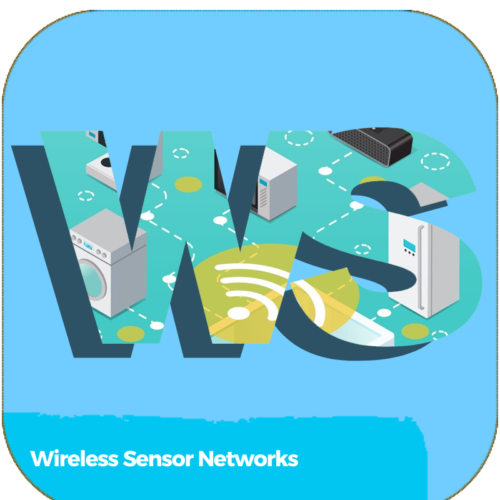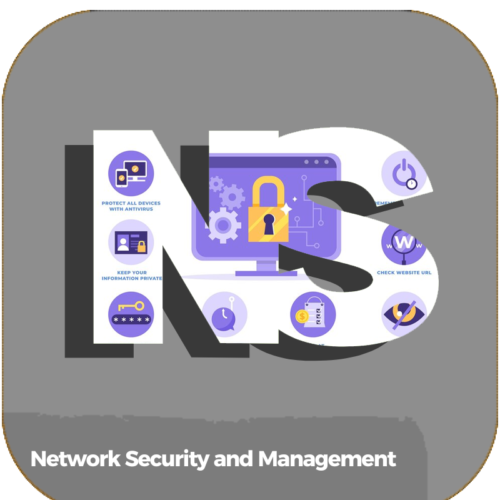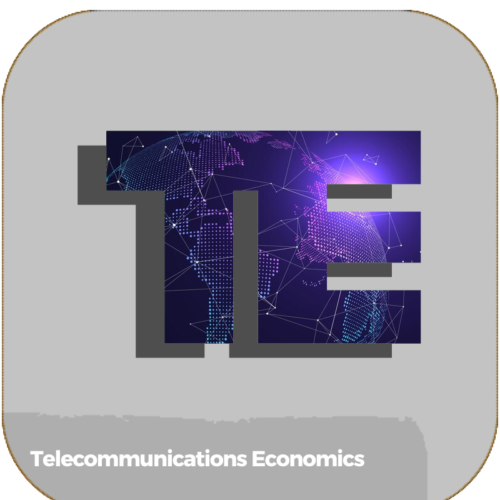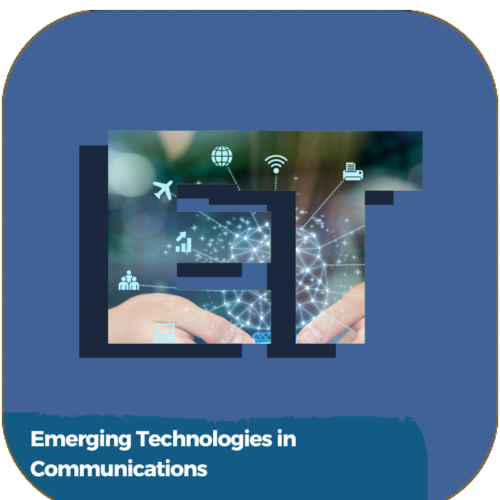Course Description: This course covers the latest innovations in communication technologies, including advancements in 5G, artificial intelligence, and the Internet of Things (IoT). Students will learn to evaluate and implement innovative technologies to enhance communication networks.
Course Objectives:
- Understand the principles of communication technology innovations.
- Learn about the latest advancements in communication technologies.
- Develop strategies for evaluating and implementing innovative technologies.
- Study the impact of innovative technologies on communication networks.
- Promote the adoption of cutting-edge technologies in telecommunications.
Course Outcomes:
- Explain the principles of communication technology innovations.
- Identify and evaluate the latest advancements in communication technologies.
- Develop and implement strategies for adopting innovative technologies.
- Assess the impact of innovative technologies on communication networks.
- Promote the integration of cutting-edge technologies in telecommunications.



